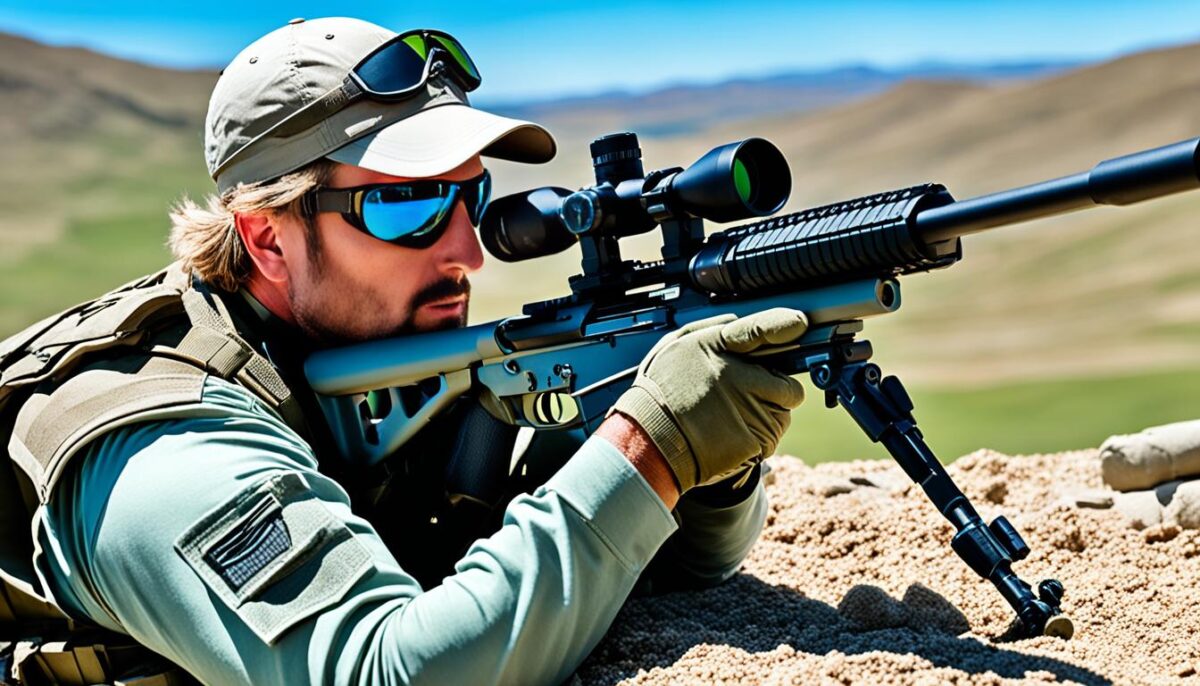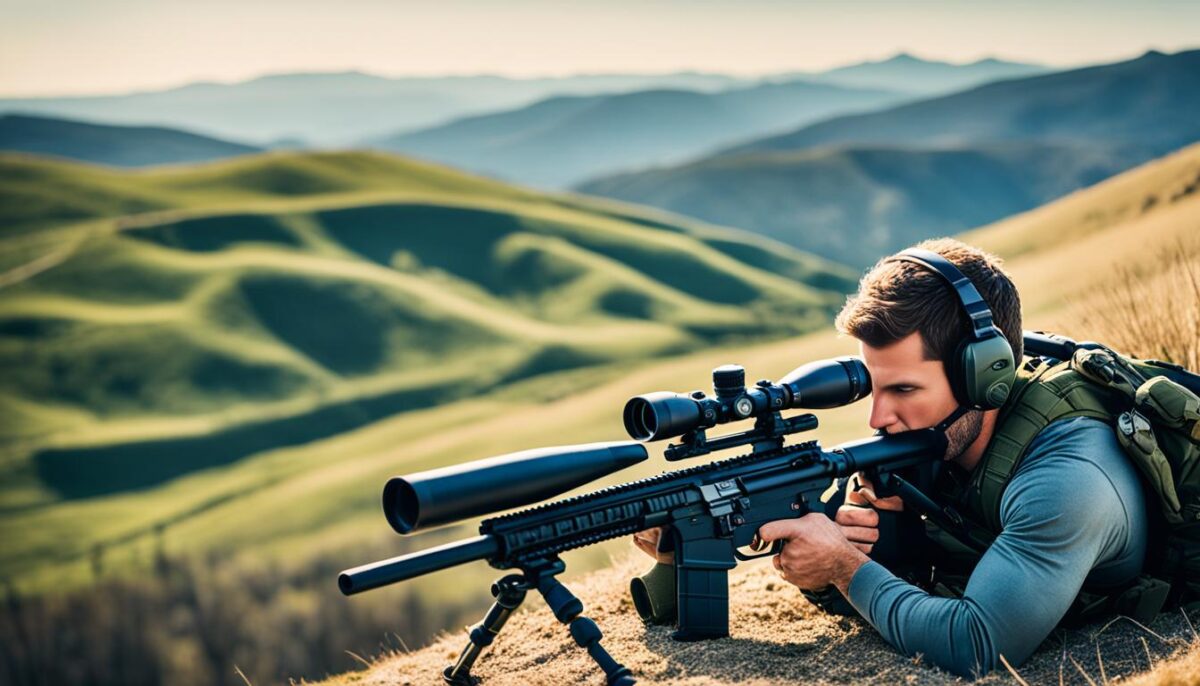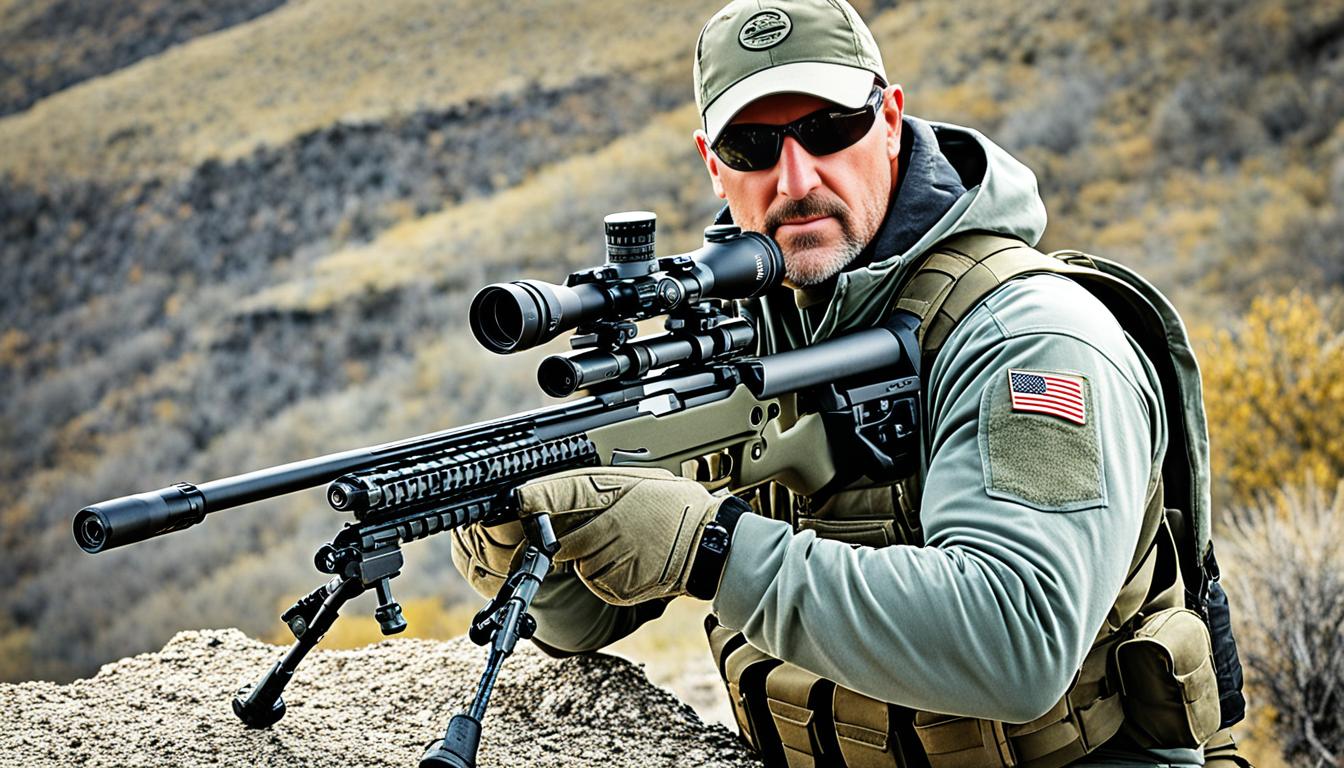Welcome to the exciting world of long-range shooting. If you have a passion for precision and the desire to challenge yourself, this is the perfect hobby for you. Whether you’re a beginner or an experienced shooter looking to expand your skills, long-range shooting offers a thrilling and rewarding experience.
In this article, we’ll guide you through the fundamentals of long-range precision shooting, helping you understand the key concepts and techniques needed to excel in this discipline. From understanding bullet trajectory to mastering advanced shooting techniques, we’ll cover it all.
To get started, it’s crucial to emphasize the importance of precision in long-range shooting. Unlike short-range shooting, where minor deviations are less noticeable, long-range shooting requires meticulous attention to detail. From your shooting position to bullet selection, every aspect must be carefully considered to consistently hit your target.
As you embark on this journey, having the right equipment is essential. In the next sections, we’ll explore the gear and equipment you’ll need to maximize your shooting precision. From rifles and scopes to ammunition and accessories, we’ll provide valuable insights to help you make the best choices within your budget.
Whether you aspire to become a competitive long-range shooter or simply enjoy the thrill of hitting targets at extreme distances, this article is your comprehensive guide to long-range precision shooting. So let’s get started and take your shooting skills to new heights!
Understanding Long-Range Shooting: The Basics
When it comes to long-range shooting, mastering the basics is essential for becoming a precision shooter. In this section, we’ll dive deeper into the fundamental concepts that form the foundation of long-range shooting. Understanding bullet trajectory, wind influence, and how to calculate ballistic data is crucial for consistently hitting your target at long distances.
Let’s start by exploring bullet trajectory. The path that a bullet travels from the muzzle to the target is influenced by gravity, air resistance, and other external factors. Understanding how these factors affect the trajectory will help you make accurate adjustments when taking long-range shots.
Wind influence is another critical factor to consider. Even a slight breeze can significantly impact the path of a bullet, causing it to drift off-target. Knowing how to gauge wind speed and direction and adjusting your aim accordingly will greatly enhance your accuracy in long-range shooting.
Calculating ballistic data
In order to make precise shots over long distances, it is essential to calculate ballistic data. This includes factors such as bullet drop, time of flight, and bullet velocity. By understanding these variables and using ballistic calculators or tables, you can make accurate adjustments to account for the distance and bullet characteristics, ultimately improving your chances of hitting the target.
Remember, long-range shooting is not just about pointing the rifle in the right direction and pulling the trigger. It requires a deep understanding of the elements that influence bullet behavior and the ability to make precise adjustments.
To illustrate the importance of understanding these basics, let’s take a closer look at bullet trajectory by considering a hypothetical long-range shot. Imagine you are aiming at a target 1000 yards away and need to adjust for bullet drop and wind drift. Without proper knowledge of trajectory and wind influence, hitting the target accurately becomes extremely challenging.

Understanding the basics is just the beginning
Now that you have a grasp of the core concepts in long-range shooting, it’s important to practice and refine your skills. Remember, precision shooting is a discipline that requires patience, consistency, and continuous learning. In the next section, we’ll explore advanced techniques that will help you take your long-range shooting abilities to the next level.
| Factors | Importance |
|---|---|
| Bullet Trajectory | Understanding the path of the bullet |
| Wind Influence | Accounting for wind direction and speed |
| Calculating Ballistic Data | Adjusting for bullet drop and time of flight |
Mastering Long-Range Shooting Techniques
In order to become a skilled long-range shooter, it’s essential to master advanced techniques that can greatly improve accuracy and precision. In this section, we’ll explore some key techniques that will help take your long-range shooting skills to the next level.
1. Proper Breathing
Controlling your breath is crucial when engaging in long-range shooting. A steady and controlled breathing technique can help minimize movement and ensure consistent aim. Practice deep, slow breaths and pause your breathing momentarily during the trigger squeeze to achieve maximum stability.
2. Trigger Control
Developing proper trigger control is vital for precise shooting. Avoid jerking the trigger and instead focus on applying smooth and gradual pressure. By maintaining steady control over the trigger, you can achieve a more controlled shot release and improve accuracy.
3. Body Position
Your body position plays a significant role in long-range shooting. Establish a stable and balanced stance by positioning your feet shoulder-width apart and slightly crouching. Keep your weight evenly distributed and align your body with the target. This will help minimize body movement and enhance your shooting stability.
4. Follow-Through
Often overlooked, follow-through is a critical aspect of long-range shooting. Maintain focus and continue to hold your shooting position even after the shot is fired. This ensures that you don’t introduce any unnecessary movement that could impact your shot. Additionally, pay attention to the impact point and adjust your aim accordingly for subsequent shots.
“Mastering long-range shooting techniques requires discipline and consistent practice. By focusing on proper breathing, trigger control, body position, and follow-through, you can significantly enhance your precision and accuracy.”

| Technique | Description |
|---|---|
| Proper Breathing | Control your breath to minimize movement and maintain stability. |
| Trigger Control | Apply smooth and gradual pressure on the trigger for controlled shot release. |
| Body Position | Establish a stable and balanced stance for improved shooting stability. |
| Follow-Through | Maintain focus and continue holding your shooting position after the shot. |
Gear and Equipment for Long-Range Shooting
When it comes to long-range shooting, having the right gear is essential to achieving accurate and precise shots. From rifles to scopes and ammunition, each piece of equipment plays a crucial role in your success. Let’s explore the key gear and equipment you’ll need for long-range shooting.
First and foremost, a reliable and accurate rifle is the foundation of any long-range shooting setup. Look for a rifle that offers excellent barrel quality, an adjustable trigger, and a solid stock that provides stability and comfort during shooting sessions. Brands like Beretta, Browning, and Remington are well-known for their precision rifles.
Equally important is a high-quality scope that can handle long-distance shooting. Look for features like adjustable magnification, clear optics, and precise windage and elevation adjustments. Brands like Nightforce, Leupold, and Vortex offer a wide range of scopes designed specifically for precision shooting.
In addition to the rifle and scope, you’ll need to invest in top-notch ammunition. Opt for high-quality, match-grade bullets that offer consistent performance and long-range accuracy. Brands like Hornady, Sierra, and Berger are trusted by precision shooters worldwide.
To enhance your shooting experience, consider investing in accessories such as bipods, shooting rests, and rangefinders. These tools can greatly improve stability and accuracy during long-range shooting sessions. Brands like Atlas, Harris, and Caldwell offer a variety of accessories tailored to precision shooting needs.
Ultimately, the right gear and equipment make a significant difference in your long-range shooting performance. By investing in high-quality rifles, scopes, ammunition, and accessories, you’ll be well on your way to mastering the art of precision shooting.

